Accessibility, R & D - Could Hybrid Surface Systems be the New Option for Accessible Playground Surfaces?
The research findings are in and the facts are clear, THERE IS NO PERFECT PLAYGROUND SURFACE. If there were any such thing as a perfect surface, repaving of sidewalks, streets and highways wouldn’t be the billion dollar industry it is today. But the fact that there is no perfect playground surface doesn’t bode well for the public playground owner constrained by budgets and other facility maintenance priorities. Has the time come for playground surface manufacturers to re-engineer their products and give the public playground owner bigger bang for his buck?
Playground owners have long struggled with selection of surfacing that meets performance criteria for falls and is also accessible to children with disabilities. From 2008 to 2012, the U.S. Access Board funded a longitudinal study on the accessibility of playground surfaces. The research project is the most comprehensive study of playground surfaces to date. It was designed to gather data and present findings that would assist playground owners in purchasing and long-term maintenance decisions appropriate to their facilities, budgets, personnel resources, and the expectations of their citizens. The research was initiated after years of frustration at the ASTM F08.63 Subcommittee on Playground Surfaces. Subcommittee members and accessibility advocates met up with many roadblocks while trying to improve the ASTM F1951-99 Standard Specification for Determination of Accessibility of Surface Systems Under and Around Playground Equipment and develop a field test to verify the surface has been installed and maintained as accessible. Instead of dealing with more roadblocks, the research team decided to collect meaningful data on playground surfaces to directly educate public playground owners. The information has been anecdotal for years, the research simply quantified the field conditions and presented the findings to be widely and readily available for public playground owners.
“Prior to the study many users believed and perhaps some suppliers thought that, if a surface was certified (by a lab) to meet F1951-99, you could just put it in and forget it. [The Access Board] study brought home the fact that this was not the case and led to an increased emphasis on the importance of proper installation and maintenance by the International Play Equipment Manufacturers Association (IPEMA – the industry trade association), suppliers, consultants and users,” says Walt Henderson, longtime consultant to the playground industry. In 2011, IPEMA issued a position statement on the installation and maintenance of engineered wood fiber shortly after the first year findings from the study were released. Then in 2013, subsequent position statements, including an informative guide of playground surfaces, were released in anticipation of the Access Board announcing the publication of the final report.
While many were eager to see how unitary surfaces like poured-in-place rubber and rubber tiles would fare against loose-fill products like engineered wood fiber and shredded rubber, hybrid surface systems quietly emerged as a new contender in the competitive industry. The research study brought to light the growing potential of hybrid surface systems to achieve both accessibility criteria and safety requirements for impact attenuation. The hybrid surface systems use a combination of surface materials, usually a loose fill or spongy pad as a base surface and mat or carpet as a top layer. The research implications suggested that “data on the performance of the hybrid surface systems may be promising enough to lead to further research and product development as the next generation of accessible protective playground surfacing.”
Hybrid surface systems range in material cost from $5 to $12 per square foot. They have been developed to serve as a middle cost option between loose fill options like engineered wood fiber and unitary surfaces like poured in place rubber and tiles.
The research study suggested that hybrid systems “could eventually provide a more middle ground in terms of costs and overall performance if the data on longevity and durability are made available up front for the playground owner prior to the decision to purchase.” But you didn’t have to tell this to Elaine Sherman or Keith Sacks. They have both been working on developing better playground surfaces that are accessible to people with disabilities and offer the protective surfacing characteristics required for impact attenuation while being priced reasonably in the middle of the field of product competitors.
Elaine Sherman first started working on the development of the SMARTE playground surface system back in 1999 when she took her sewing machine to the storage garage at the Illinois Park and Recreation Association (IPRA) headquarters. She was on an IPRA team that had received a state grant to find new uses for recycled rubber and the shreds from used tires. Sherman believed if she could contain the tire shreds in the base of the surface system, preventing them from moving around and install a mat over the top, it might prove to be effective as an accessible playground surface. So she began sewing pillows of all sizes to figure out which size could hold the optimal amount of tire shred that could be carried and repositioned by park maintenance crews during installation and pass for impact attenuation at the same time. Sherman has spent years perfecting and patenting the surface system.
Tom Kalousek was part of the IPRA grant team that gave advice for the SMARTE product testing and development. Kalousek has more than 40 years of experience in parks and recreation. He is the Director of Play Safe for All, one of the founding members of the National Playground Safety Institute, a career member of ASTM, and conducts playground safety training courses around the world. Kalousek says of the product development, “I can honestly say that I believe the SMARTE SYSTEM is one of the safest and mostly effectively useable accessible surfacing systems in existence today. From the impact attenuation values for the critical height of surfacing materials to the criteria for accessible routes throughout the play area, SMARTE provides the optimum surface for both. It is also effective in climates where temperatures create issues with freezing.”
Through the product development, Sherman has worked to install the product at playgrounds throughout the United States. More often than not, she was the lead on-site giving direction to maintenance crews and playground contractors on how to install the surface. She would work side by side, lugging 50 lb. pillows of crumb tire into position and gluing seams of the top mat. Recognizing the need to be able to more widely distribute the product, Sherman recently sold the rights to the SMARTE surface system to Playworld. So now the pressure is on one of the largest playground companies in the world to take one of the most promising new surfaces to come on the market in the last 20 years up to the next level.
“We found SMARTE to be a great, innovative surfacing that offered superior safety to other surfacing. Test results show that SMARTE surfacing achieves HIC numbers lower than the ASTM standard of 1000 HIC from fall heights up to 10’. Playworld acquired SMARTE, and its patented design, to add to our product offering because we believe it is the best surfacing for playgrounds,” says Kevin Cook, Director of Sales at Playworld.
In terms of continued research and development, Cook says, “We have been experimenting with different top surfaces for SMARTE. We currently offer SMARTE surfacing with an accessible turf top layer. When we acquired SMARTE, there was an alternate top layer available. That material contained PVC and we are a 99.9% PVC-free company, so we have never offered a top layer other than the turf. Some customers prefer a different look for their surfacing, so we have been investigating and testing other options. We will continue to explore new options to make SMARTE more appealing to a wider customer base.”
It’s been no secret over the last 10 years, that some of the strongest opponents to a field test for ASTM F1951-99 have come from the shredded rubber surface industry. But that all changed for Keith Sacks, Vice President at RubberRecycle, the day he walked into the office of Morris Hassan, Owner of RubberRecycle, to find him cutting out cardboard triangles at his desk. Sacks recalls, “They kinda looked like egg crates. So we tried to make a few out of rubber, filling them in with rubber and one with sand. Then we made a mold so that we could use our recycled tire product as part of the compression molded product.” Sacks has led RubberRecycle's efforts to research and develop a surface system that would be safe and accessible for people with disabilities. “We are trying to stick with our focus of being a green company. The company has always focused on the safety aspect of the product and struggled with accessibility.” Sacks believes the development of the Accessamat product is a great marriage of safety and accessibility. They have used the product for some beach route installations on the East Coast. Most recently the product was used at a swim club to convert the surface of an existing playground where the owner still wanted to maintain the sandy beach aesthetic and provide an accessible route to the new equipment.
Other manufacturers like SYNLawn and ForeverLawn have been working at developing hybrid turf grass systems for playgrounds. Different suppliers are offering options in bases between shredded rubber and engineered composite padding. The hybrid turf grass manufacturers are in need of utilizing research and development to address the accessibility standard for carpet pile and build-up of static electric charge. Some are now offering shorter pile for better mobility and liquid applications to reduce static.
Like all surfaces, both the SMARTE and Accessamat surface systems require periodic maintenance. The SMARTE system requires attention to ensure the top mat seams are secure preventing gaps or openings. The Accessamat requires top dressing of the loose-fill to also prevent gaps or openings.
With the advent of the Americans with Disabilities Act and the release of the 2010 ADA Standards for Accessible Design, the last 25 years have proved most challenging for public playground owners and the playground surface industry. The surface must be protective to minimize injuries from falls. The surface must be accessible when used as part of the accessible route. The surface must be cost effective, easy to install and easy to maintain. Now that the published research findings present playground owners with better information on the performance expectations for various surfaces, two prevalent needs still remain: more product R & D! and a field test for accessibility!
The ingenuity of Sherman and Sacks through their product research and development proves there are more playground surface options to explore. Just 15 years ago, many wondered or even doubted that safety criteria and accessibility standards could be achieved by the same surface material. There always seemed to be a natural conflict between the two, and playground owners questioned whether safety would trump accessibility. The creativity and determination of Sherman and Sacks to develop better surfacing systems confirm that it is possible for the safety and accessibility standards to be exceeded by new innovative approaches to hybrid surface systems.
The research findings are in. There are new products in development. But we still need an objective field test for accessibility to give playground owners the tools they need to confirm their playground surfaces have been properly installed and are being maintained to the standards. “I would like to see surface field testing on all newly installed surface products to verify correct installation and compliance along with periodic follow-up testing to make sure the surface remains compliant throughout the life of the product,” says Bill Botten, Accessibility Specialist at the U.S. Access Board and the agency’s representative to ASTM.
Botten continues, “Products are being sold as compliant that have never passed any testing and that were never certified after installation as compliant. Many manufacturers have only one sample of their product tested from one of their suppliers and use the same laboratory certificate for all. Additionally, a play area surface material sample from a single supplier may have been lab tested many years ago. At this time, consumers and advocates have no means to evaluate surfaces for compliance. The only way to ensure initial and continued compliance with accessibility and safety standards after installation is through a field test. Consumers and advocates must demand field testing from play area surface product manufacturers after installation. Additionally, periodic field testing is essential throughout the life of the product to ensure compliance.”
So, while some playground surface manufacturers are working to create better surface systems, maybe the time has now come for the ASTM F08.63 Subcommittee on Playground Surfaces to step back up to the plate and get an accessibility field test passed that can actually be utilized as an objective measurement by playground owners and suppliers that want to ensure the surfaces are installed and maintained to meet the needs of people with disabilities.

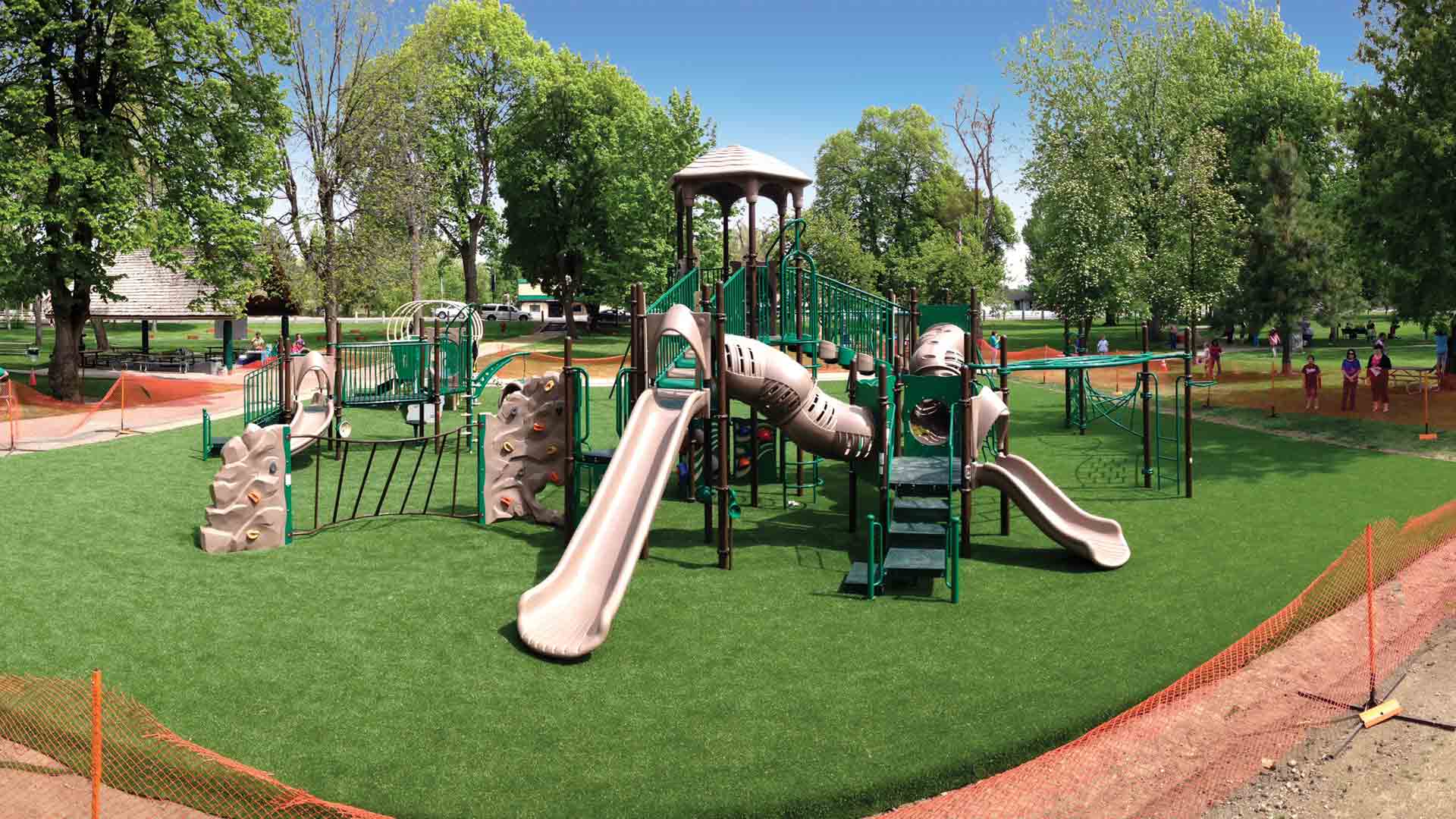

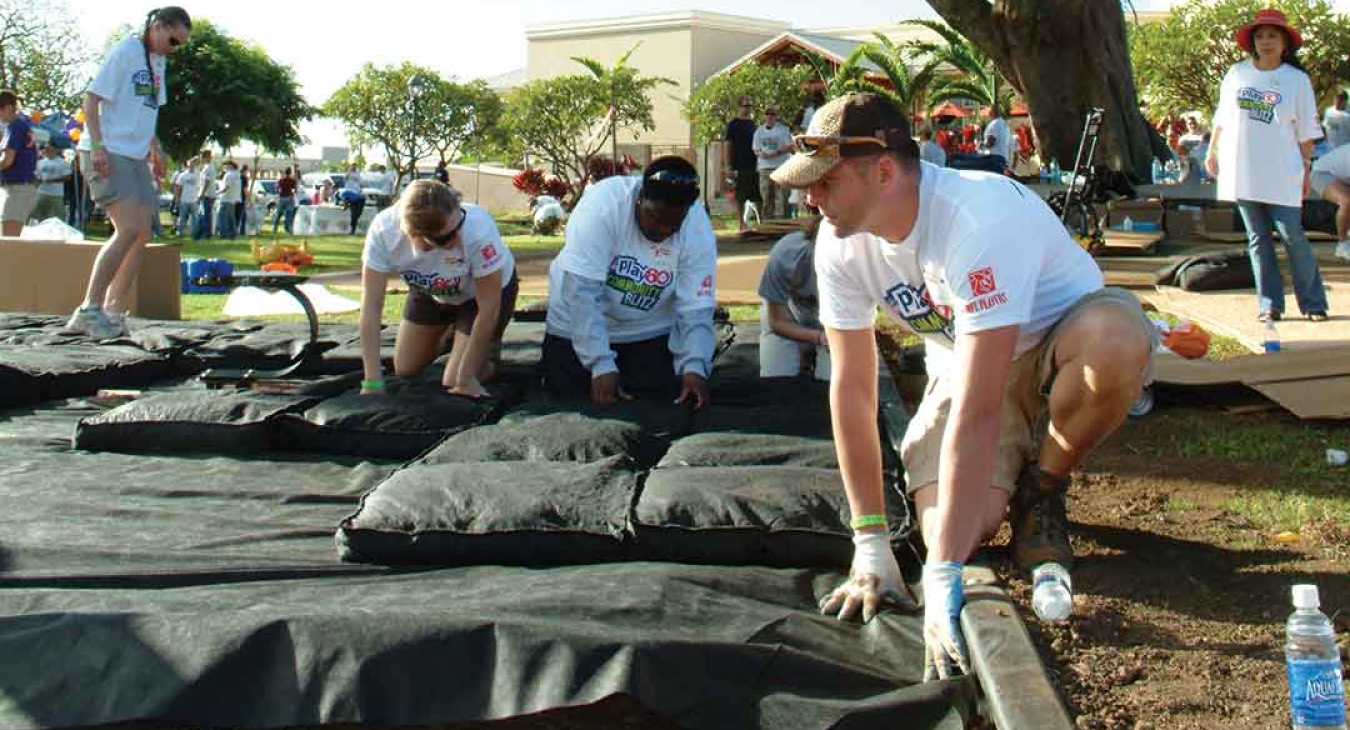
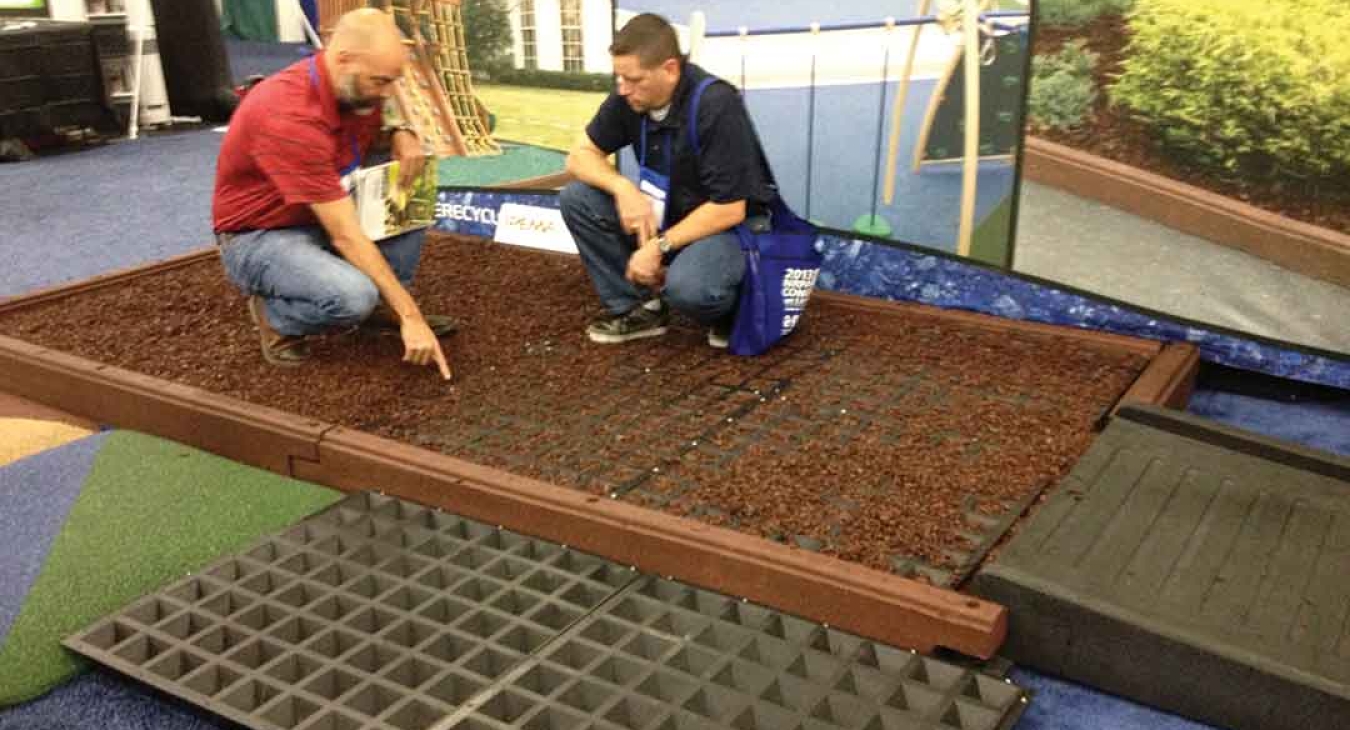
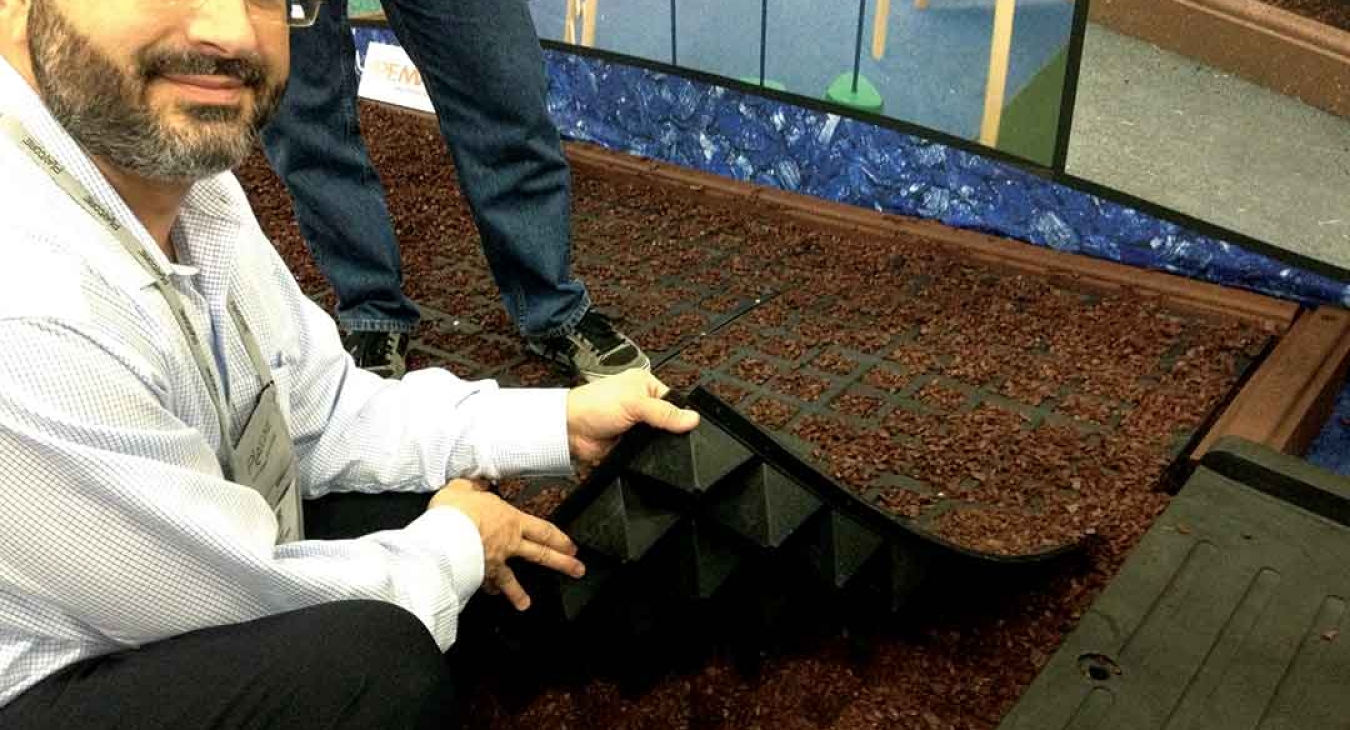
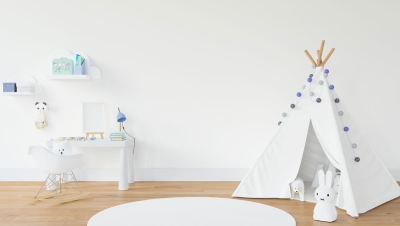
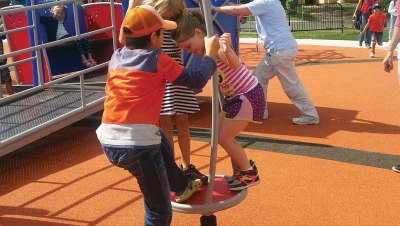
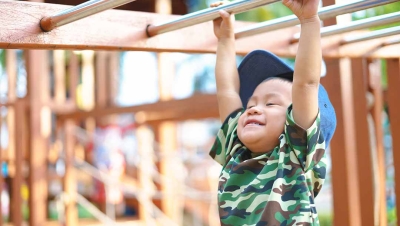



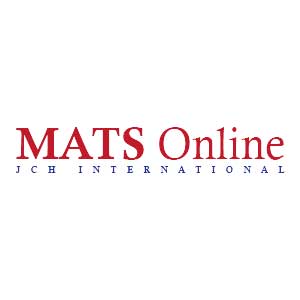
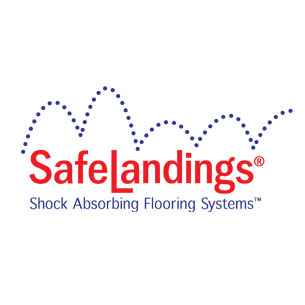
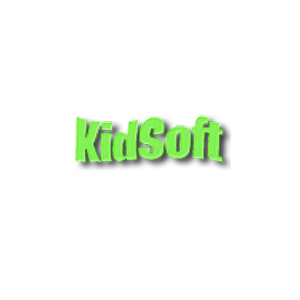
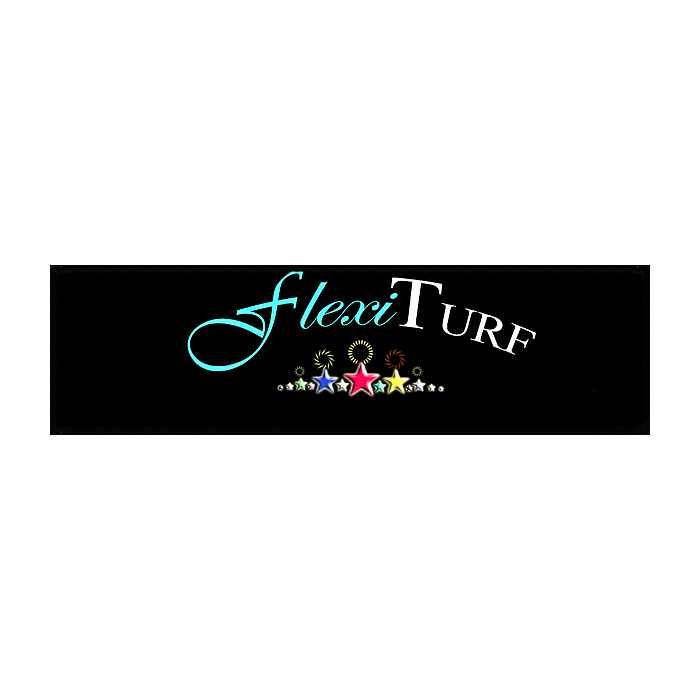
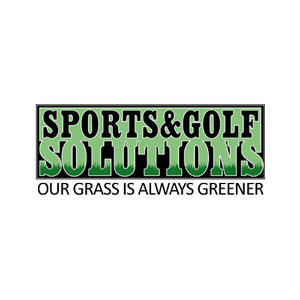
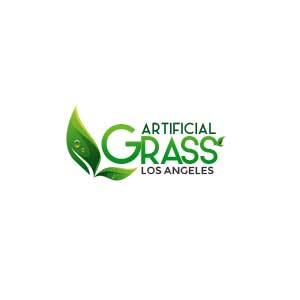
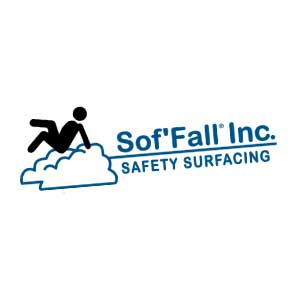
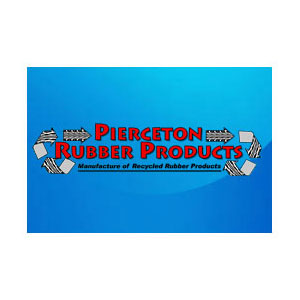
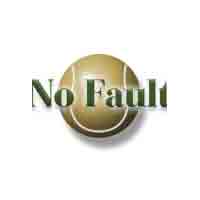
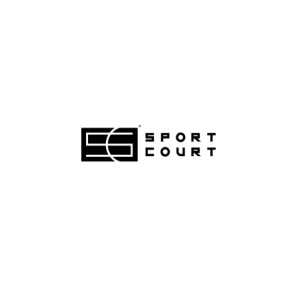
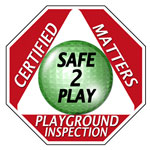
Impact attenuation
Can you also address the impact attenuation problems ? The 60 year old ASTM Gmax and HIC standards are acknowledged to be outdated. And the same field testing issues (or lack thereof) you address for accessibility apply to HIC and Gmax testing putting children at risk
Article review
Well stated and compelling.....
Add new comment